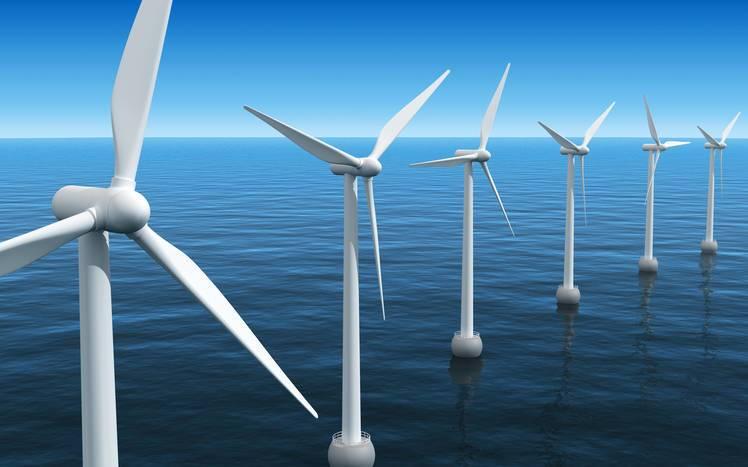
By Brian Collett
Fewer onshore wind turbines were commissioned worldwide last year, partly because of an economic slowdown in China, industry researchers have reported.
Developers placed orders for 47 gigawatts of the environmentally desirable alternative energy machines, 12 per cent down from the 2016 figure of 53.1 gigawatts.
However, Bloomberg New Energy Finance, the Manhattan-based research consultancy that supports energy professionals, is predicting a healthy recovery for the industry this year.
The Chinese market will expand again and Latin America’s growth will continue, says the research group, part of the Bloomberg global business and financial information provider.
Bloomberg expects that as a result this year’s figure will pass the 2016 total and rise to 55 gigawatts.
Four manufacturers were reported to have installed 53 per cent of the onshore wind turbines.
Vestas, the Danish company, was in the top spot, as in 2016, with 7.7 gigawatts of turbines commissioned. Vestas had a 16 per cent market share.
Siemens Gamesa, a merger of the Spanish Gamesa manufacturer and the German Siemens group, was the second biggest supplier with 6.8 gigawatts of machines.
Goldwind, the Chinese turbine maker, was third with 5.4 gigawatts, and the US group General Electric fourth with 4.9 gigawatts.
In the offshore wind turbine market, Siemens Gamesa was by far the biggest supplier with 2.7 gigawatts. Vestas, the Chinese power company Sewind, and the German turbine manufacturer Senvion provided about half a gigawatt each.
Statistics from the World Energy Council, which promotes sustainable energy supply and use, show that global wind power capacity rose by 11 per cent last year despite the fall in new commissions.
Steve Sawyer, secretary general of the Global Wind Energy Council, the industry’s international forum, observed: “The numbers show a maturing industry, in transition to a market-based system, competing successfully with heavily subsidized incumbent technologies.
“The transition to a fully commercial market-based operation has left gaps in some countries, and the global 2017 numbers reflect that, as will installations in 2018.
“Wind is the most competitively priced technology in many if not most markets, and the emergence of wind-solar hybrids, more sophisticated grid management and increasingly affordable storage begin to paint a picture of what a fully commercial fossil-free power sector will look like.”
Photo: iStock
TriplePundit has published articles from over 1000 contributors. If you'd like to be a guest author, please get in touch!














